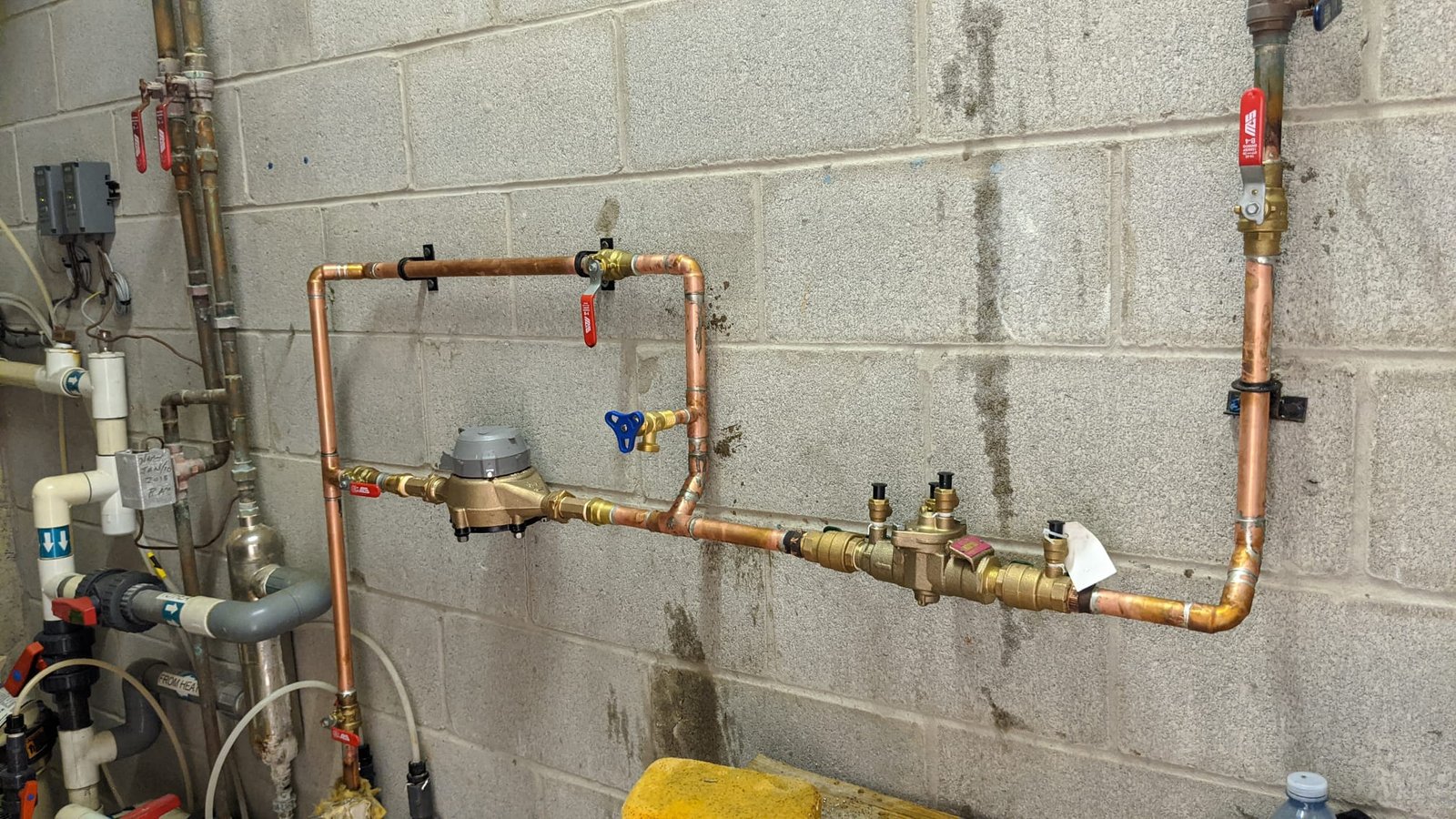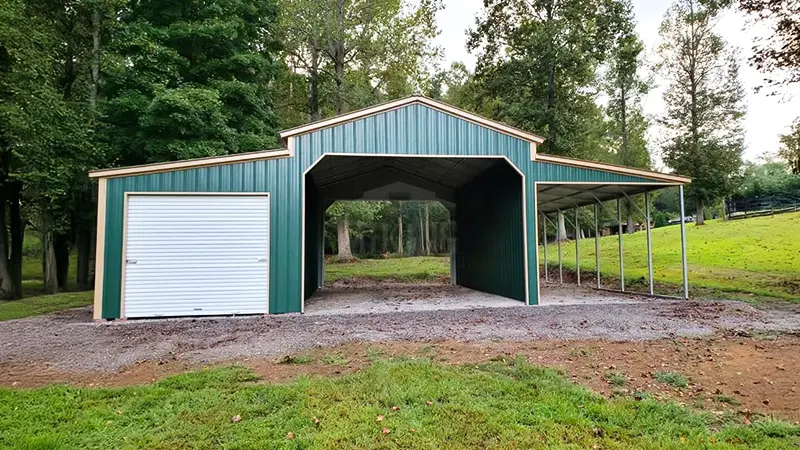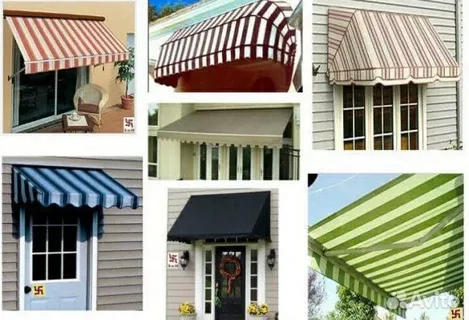Backwater Valve Installation: A Critical Step for Flood Prevention
Backwater valve installation is a crucial part of protecting your home or building from water damage caused by sewer backups. These valves are designed to prevent wastewater from flowing back into your property during heavy rains or when the municipal sewer system is overwhelmed. Installing a backwater valve not only safeguards your property but also complies with local regulations in many areas. Whether you’re building a new home or improving your current plumbing system, understanding the installation process can help you avoid costly damages and ensure peace of mind.
Why Backwater Valve Installation is Important
A backwater valve is an essential component of any plumbing system, especially in areas prone to flooding or heavy rainfall. It serves as a protective barrier, preventing sewage and stormwater from backing up into your basement, drains, and plumbing fixtures. Without one, you could be vulnerable to significant water damage that leads to health hazards, structural issues, and expensive repairs. Here’s why installing a backwater valve should be a top priority for homeowners:
- Flood Prevention: The valve prevents floodwaters from entering your home’s plumbing system.
- Cost Savings: By preventing water damage, you save on costly repairs and replacements.
- Health Protection: Backwater valves reduce the risk of harmful bacteria and contamination entering your living spaces.
- Legal Requirement: In many areas, backwater valves are mandated by local plumbing codes for homes in flood-prone zones.
Backwater Valve Installation Process
Installing a backwater valve requires specific expertise to ensure proper functionality and compliance with building codes. Here’s what to expect during the installation process.
Choosing the Right Backwater Valve
Selecting the appropriate backwater valve is the first step in the installation process. There are several types available, each suited for different situations.
- Manual Backwater Valves: These valves need to be manually closed when floodwaters are expected.
- Automatic Backwater Valves: These are designed to automatically close when water flow reverses, providing continuous protection.
- Flap Valves: A type of automatic valve that uses a flap to prevent backflow when water is not flowing in the intended direction.
When choosing the right valve, consider factors like your plumbing system’s size, local climate, and the risk of backflow in your area. Consulting with a professional plumber can help ensure you select the best valve for your needs.
Preparation for Installation
Before starting the installation, you’ll need to prepare your plumbing system for the backwater valve. This preparation process can include:
- Shutting Off the Water Supply: It’s essential to turn off the water supply and drain the system to avoid complications during installation.
- Clearing the Work Area: A clean and accessible installation area makes the process easier for the plumber and helps avoid accidents.
Professional Backwater Valve Installation
While some homeowners may choose to install a backwater valve themselves, professional installation is often recommended. Here’s why:
Maintenance and Inspection of Backwater Valves
Once installed, your valve will require periodic maintenance to ensure it continues functioning effectively. Regular inspections can help identify potential issues before they lead to failures.
- Check for Blockages: Over time, debris, grease, or sediment can accumulate in the valve, causing it to malfunction. Regular cleaning can prevent this.
- Inspect for Leaks or Corrosion: Inspect the valve and surrounding pipes for any signs of wear, corrosion, or leakage, which can affect performance.
- Professional Inspection: Scheduling an annual inspection with a professional plumber can help ensure your valve remains in good working condition.
Common Issues with Valve Installation
Valve installation is generally straightforward, but there are some common challenges that homeowners may encounter.
- Improper Sizing: If the valve is too small for the pipe size or flow rate, it may not perform as expected.
- Clogs and Debris: Backwater valves can become clogged with debris if not properly maintained, reducing their effectiveness.
- Sewer Line Obstructions: If there are obstructions in the sewer line, it can complicate the installation process and require additional work.
FAQs
How much does it cost to install a valve?
The cost of installing a backwater valve can vary depending on factors such as the type of valve, labor costs, and the complexity of the installation. On average, installation costs range from $1,000 to $3,000, with additional maintenance fees.
How often should I inspect my backwater valve?
It’s best to inspect your backwater valve at least once a year, ensuring it’s free of debris and in good working order. Annual inspections by a professional plumber are also advisable.
Final Thoughts
Installing a backwater valve is an effective way to protect your property from potential flooding and water damage. Whether you’re building a new home or upgrading your current plumbing system, this installation provides long-term peace of mind by preventing costly sewer backups. With professional installation, regular maintenance, and proper care, your valve will ensure your home remains dry and safe, even during the heaviest rainfall.












Leave a Reply